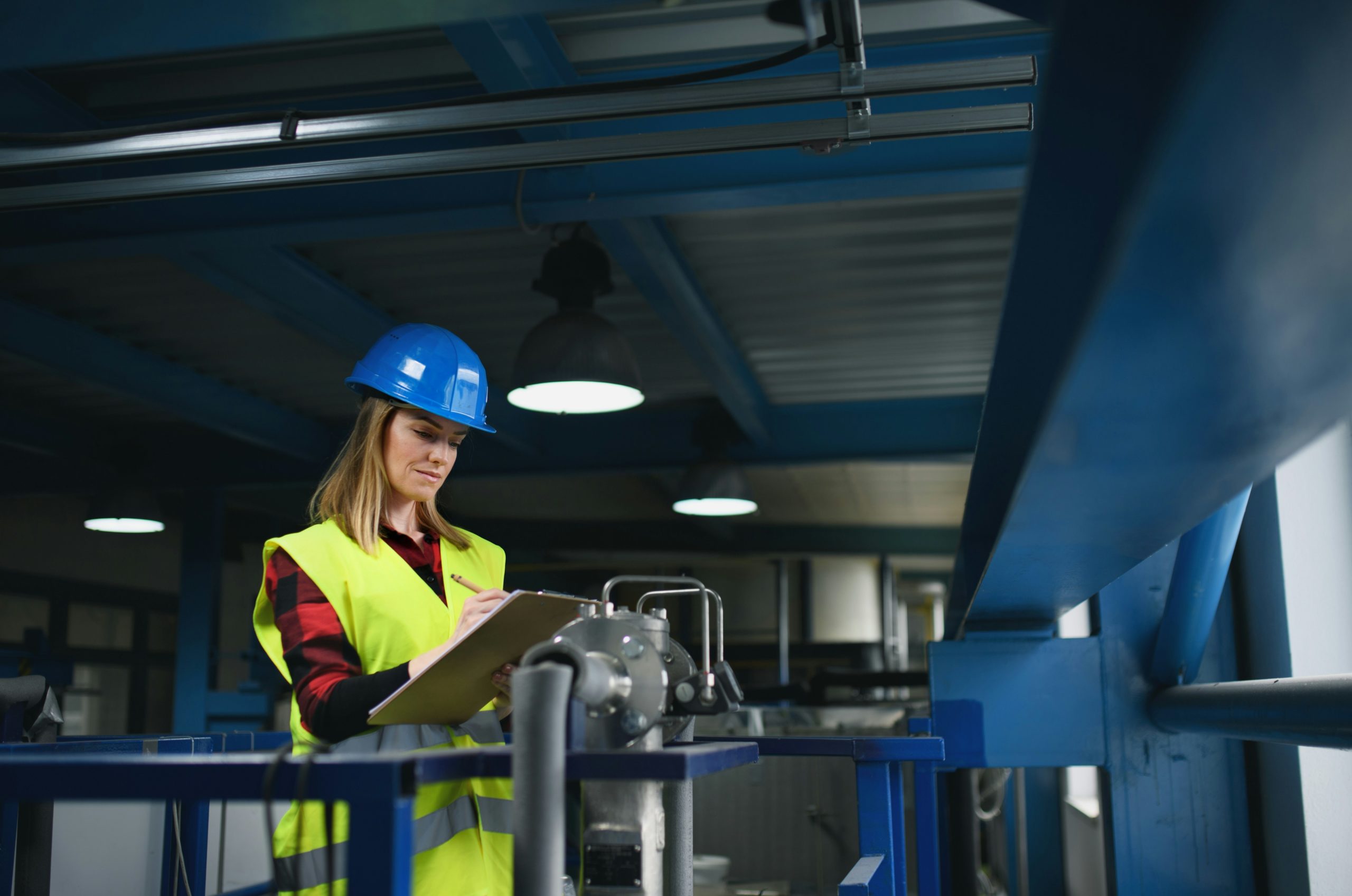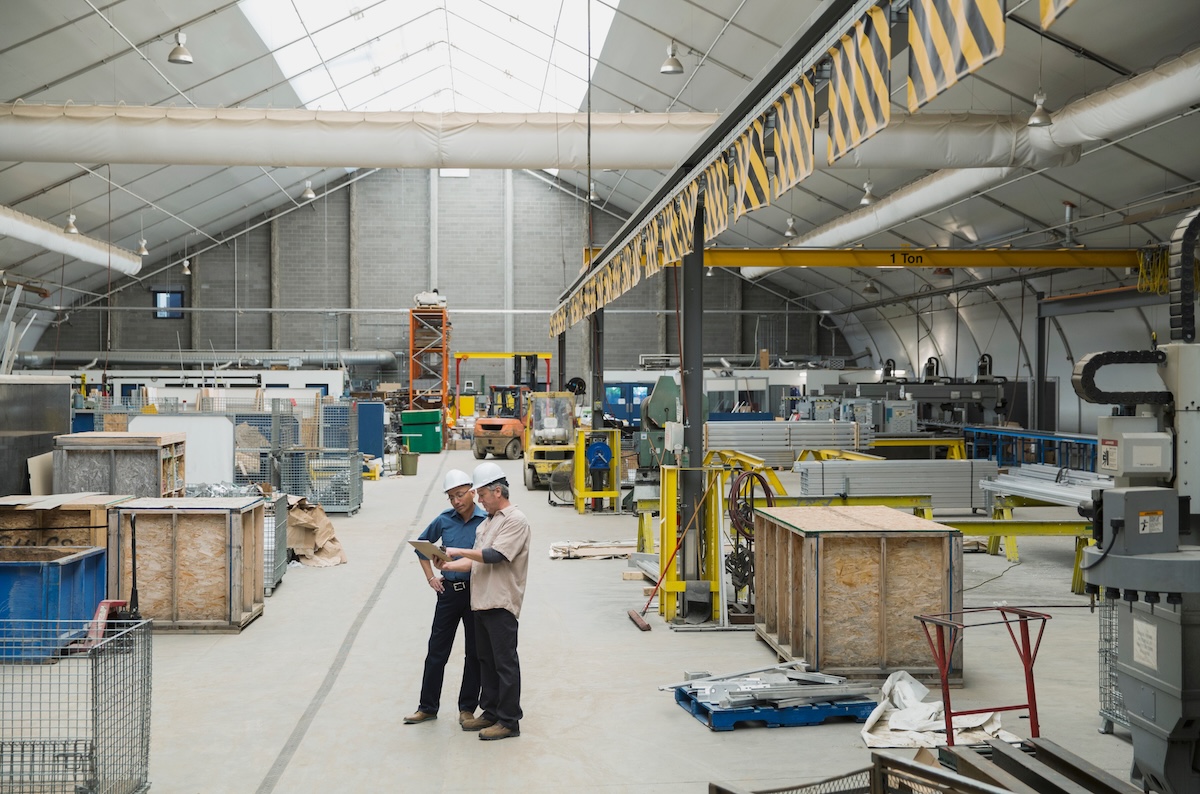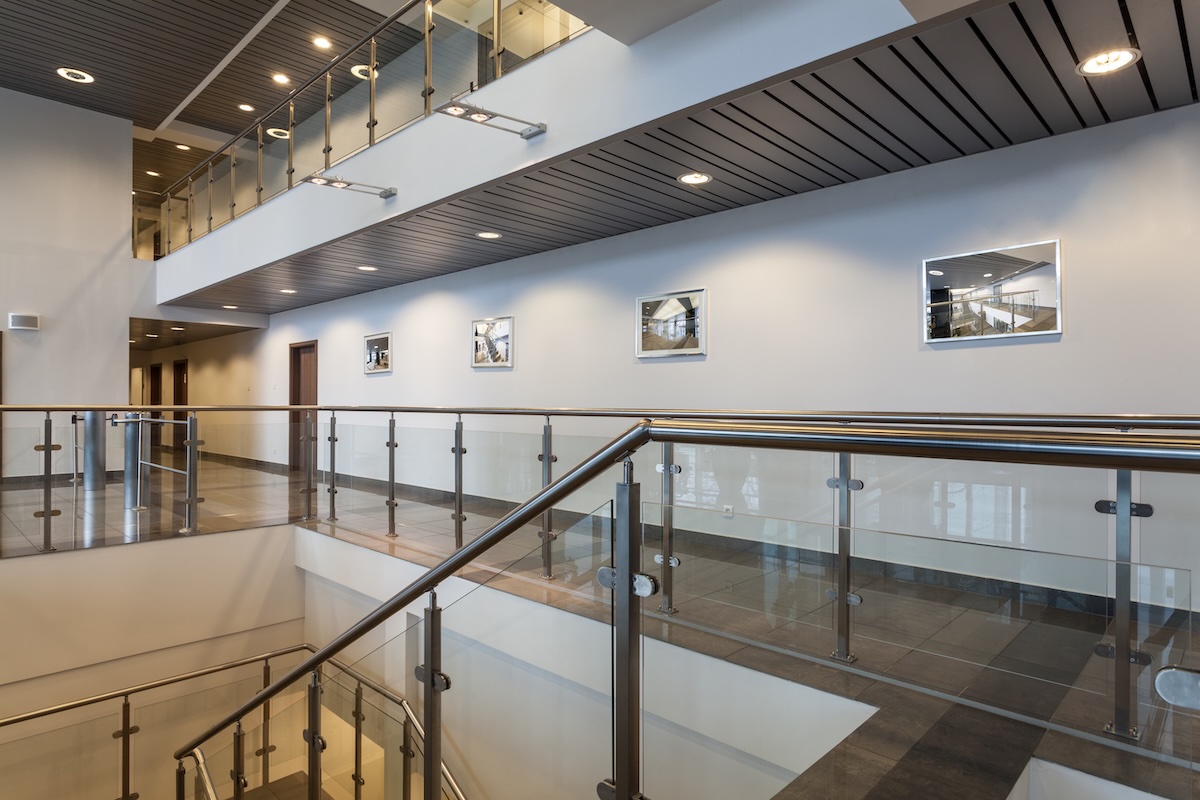Warehouses by their very nature are designed to be hives of activity. But with this often comes a significant amount of noise, especially due to the use of machinery.
There can also be moving vehicles, loud ventilation systems and other sources of noise to contend with, especially if any manufacturing tasks take place within the facility.
Being exposed to excessive noise can result in hearing damage. Noise can also impact concentration and overall productivity levels, including throughout other areas of the warehouse such as offices or training rooms.
Employers are duty-bound to protect employees from loud noise under The Control of Noise at Work Regulations 2005. However, it can be challenging to know how to contain noise and ultimately protect workers from excessive noise levels in a warehouse.
We’ve put together the following guide on reducing noise in warehouse environments to outline some of the top ways that noise levels can be lowered.

Begin With A Noise Audit
To be able to understand how to reduce noise in a warehouse, you must first understand both the levels of noise workers are being exposed to and also identify the sources of the noise.
Conducting a noise audit (also known as a sound audit) is a necessary first step to get the information needed to determine just how harmful the noise levels are and ultimately what mitigation measures may be needed.
It is widely considered that sounds above 85dB are harmful. Workers who are exposed to noise levels greater than this are most at risk of hearing damage and should be wearing ear protection. Therefore, the noise audit can quickly identify areas of concern, while also painting a broader picture of how sound moves through the building.
Ideally, the audit should also be repeated once noise mitigation measures have been taken to ensure noticeable improvements.
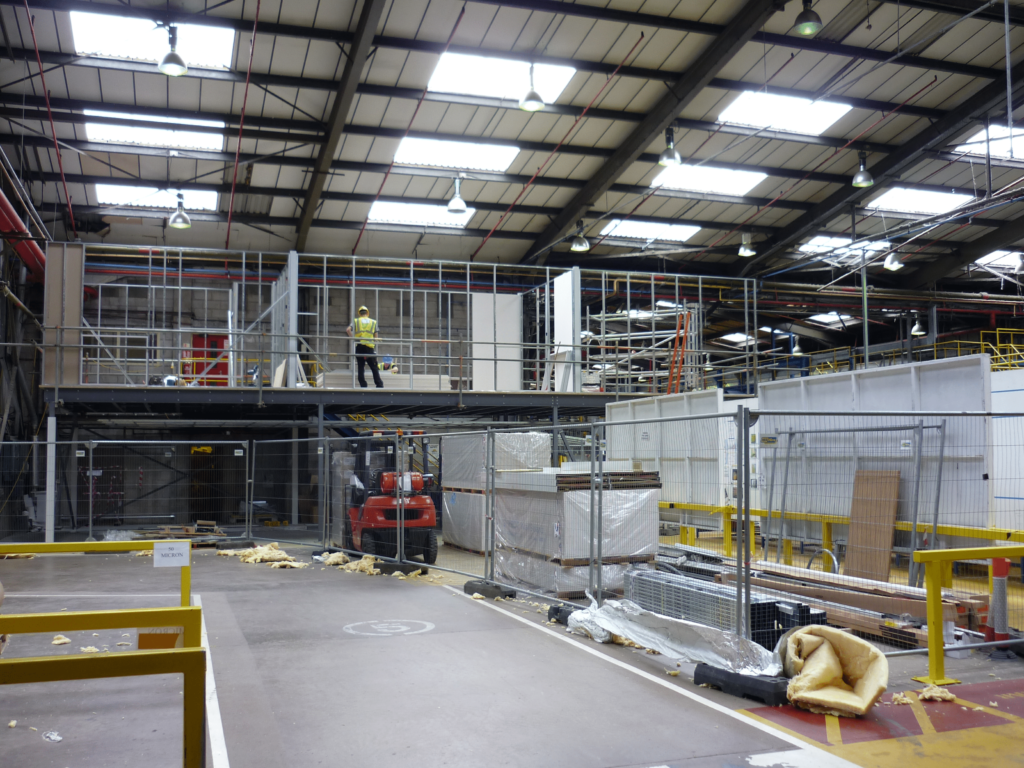
Improving The Warehouse Layout
With the sources of noise identified during the noise audit, this provides an opportunity to assess whether the existing warehouse layout is reducing or projecting the noise.
Ideally, noisy activity should be shielded from open zones so that the structure of the building can provide a buffer. For office areas especially, being in close proximity to noisy activity can impact concentration, making it essential to have physical separation between the different areas.
When noisy areas are separated from the rest of the building, this also allows for the creation of controlled zones. Employers can also install safety signage which requires employees to wear hearing protection (PPE) before entering, especially where there is potential for hearing damage based on the noise levels contained within the space.
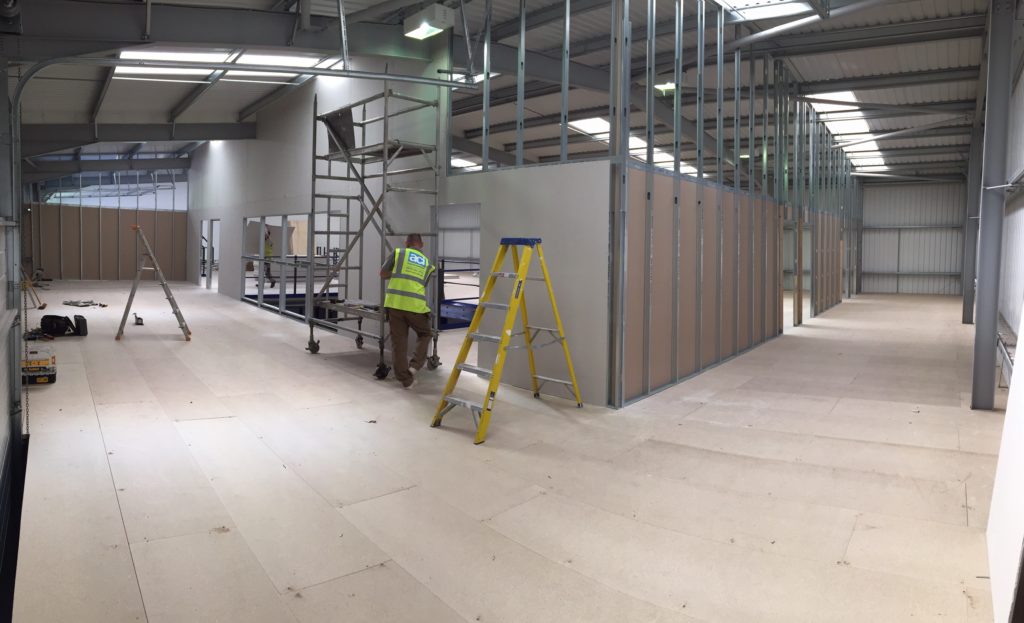
Use Soundproofing Materials
Unlike buildings of traditional construction, warehouses tend to consist of lots of open plan spaces. As a result, noise can freely travel throughout the facility. When there happens to be a lot going on in the warehouse, that noise can soon become intolerable.
Investing in sound-proofing materials which work to absorb rather than deflect sound is key to reducing noise levels in the warehouse.
Examples of soundproofing materials include acoustic panelling, soundproofing barriers and rubber flooring.
Based on the results of the noise audit, will reveal where soundproofing measures are required the most. The aim is to prevent the sound from hitting hard surfaces or allowing it to freely travel into other areas of the building.
The beauty of soundproofing materials is they can often deliver an instant impact in terms of achieving noise reduction. Depending on the type of installation, there is also the potential for greater energy efficiency, especially if the material also reduces heat loss.
Maintain Equipment
In any warehouse, there is often lots of machinery which is capable of creating loud noise. However, there can be lots of scenarios where the condition of the machinery may be increasing the level of noise produced.
Scheduling regular machine maintenance is already a health and safety requirement to ensure the machine is safe to operate. However, unusual sounds or higher than normal levels of noise coming from the machine could also signify that maintenance is needed.
Keeping machines well maintained can help ensure the noise they produce is within the expected limits. Likewise, it can prevent unexpected noises from occurring which also have the potential to damage employee hearing.
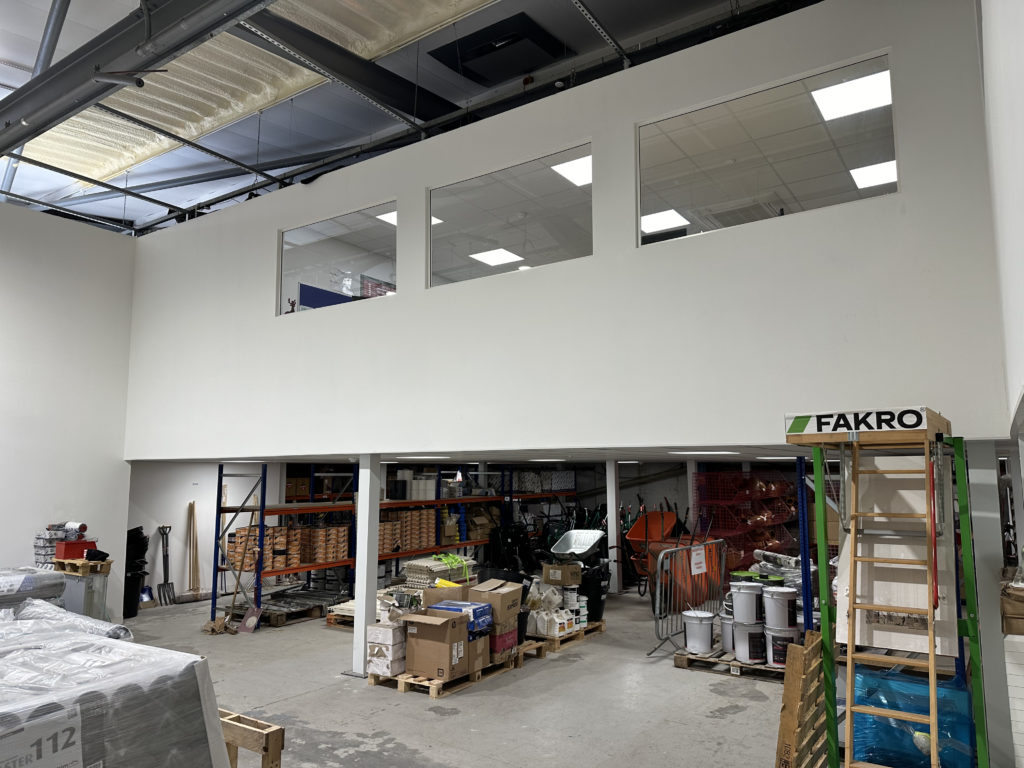
Shield Your Operations From Noise With Mezzanine Flooring
Another option to reduce noise in a warehouse is to build a mezzanine floor structure which is fully soundproofed.
At The Mezzanine Company, we build mezzanine floors for offices which ensures administrative activity is not disturbed by the noise elsewhere in the building.
However, it’s also possible to use a mezzanine structure to house noisy activity to shield the noise from other areas of the warehouse.
Ultimately, physically separating the different types of activity which take place in a warehouse offers the best protection for reducing noise. That’s because the structure can be engineered with the exact project requirements in mind, including containing and reducing noise levels.
Discover Our Soundproofed Structures For Warehouses
We hope the above post has given you food for thought when looking to reduce harmful noise levels from impacting your employees in a warehouse.
At The Mezzanine Company, we specialise in creating quiet zones for the likes of offices within a warehouse environment. Our experts can also create separate areas for the most noisy activities to take place based on the needs of your business.
To find out more about our fully turn-key mezzanine floor installation services please get in touch.
Alternatively, please give us a call on 0115 939 7572 to speak with our team.

